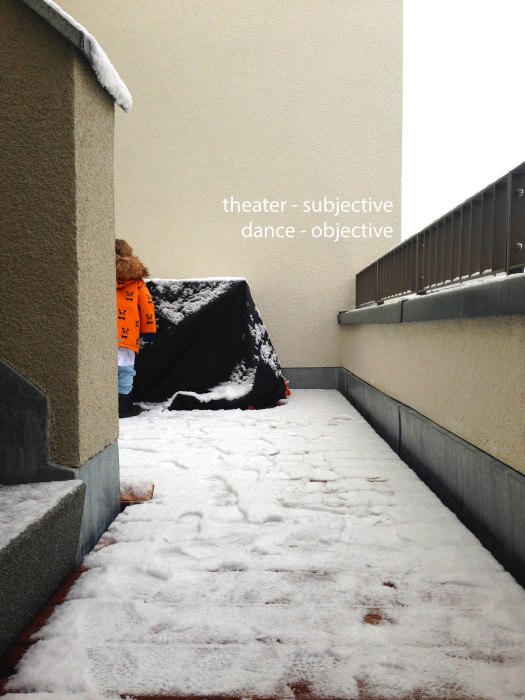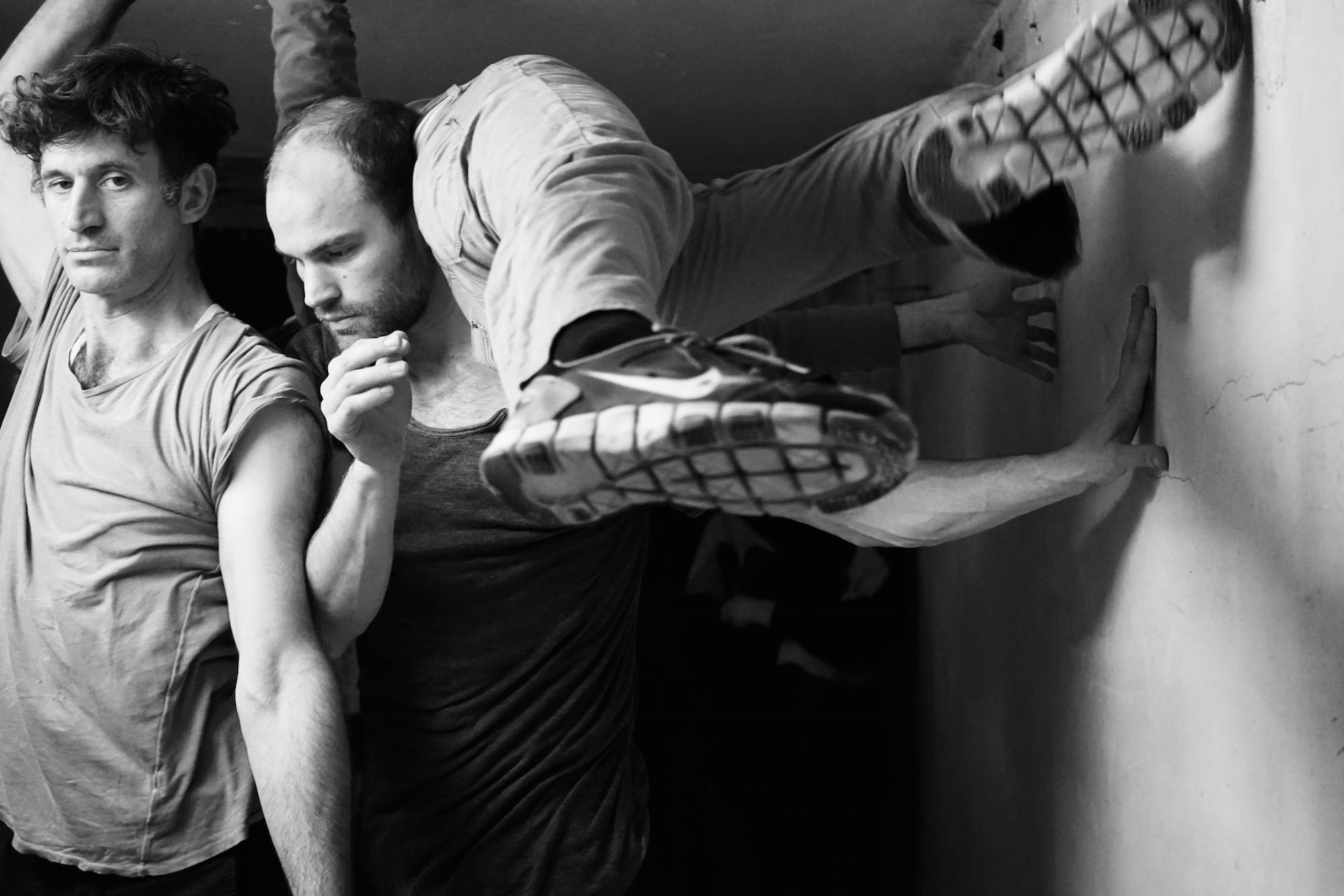
that which is

Rules of Improv
Subjectively objective and vice versa

**** Hotel
The third iteration of ***** Hotel will be appearing in a couple weeks, at the GOlive Festival in London.
Sadly only four of the stars will be able to make it. Down 20% from the inaugural performance, but up 33% from the second performance.
I am interested to see how this latest constellation will perform. Again with a live musician, this time a percussionist. The first iteration had a musician who, if my memory serves me, was a bassist who used a kettle drum, a piano and a variety of small hand held instruments. The musician for the second performance is a cellist, Barnaby Tree. What intrigues me is the concept of melding rehearsal with performance. As the members of 5***** Hotel live in four different cities, they are not able to rehearse in the traditional sense. This geographic variation forces the group to rehearse in front of an audience.
When I performed with Nancy S. Smith, in 2008 I think it was, at SFDI, she told me of a rehearsal process with a group of experienced performers. They had agreed upon a score, which during the performance they all abandoned. Granted a score can be abandoned and everything is fine, but then there’s abandoned. Some performers ended up in the audience, some were singing. This is not to say that the performance was “good” or not, but I am relating this anecdote to illustrate the fact that when the lights go up and there’s an audience, plans and people change.
With the group ***** Hotel, because there is no rehearsal, there is no possibility of deviation. Personalities and plans can’t change from the studio time to the stage time. For me, if we are to use the three stages of creation to define an improvisation, this method of performance making is even closer to an improvised performance.
The moments of execution during the GOlive festival will be very close temporally to the moments of experimentation. The exploration stage has already been completed as the personnel, the location, the time of the performance, the costumes, etc., and the concept (open spontaneously composed performance) have already been determined. Looking more closely into the stage of execution, i.e., the performance, what will happen in front of the audience has yet to be determined. So within the execution stage, the three stages of creation as they relate to the performance, will be constantly evolving and informing each other.
To see how that exactly unfolds come to the Lion and Unicorn Theatre on the 26th and the 27th of this month
Compare and Contrast
granted, it could be said that we are looking at apples and oranges as one performance has audience on three sides, live music, and video. But I would say that these two performances are more alike than they are different. I am most interested in the spacing, placing, and pacing of the kinespheres and how they differ in the two pieces.
I hope you die soon
Theater vs. Gallery or What vs. Where
If a dance piece is different in a theater than in a gallery, white box vs. black box, how would it change in a movie theater?
in an elementary school theater?
a high school theater?
a college theater?
the art gallery next to the black box theater at the college?
at a theater at a university, a university without a dance major?
in the theater of a university?
in the theater of a PAC 10 university?
in the foyer of that theater?
in the bathroom off the foyer of the theater of the PAC 10 university that doesn’t have a dance major?
in a bus stop near that university?
the bathroom at that bus stop?
the bus that just left the bus stop?
the bathroom on that bus?
the Wendy’s that bus stops at 3 hours later?
in the parking lot of the gas station?
next to pump number 3?
next to pump number 7 that Henry in a red and green plaid shirt is using to fill his Toyota Tundra’s tank?
OK, forget all that. Let’s go back to a traditional performance space.
A sprung bamboo floor on a 15×10 meter rectangle of concrete with radiant heating. The concrete is 20 cm thick. Surrounding the dance floor is gravel. This floor is in a room that has 5 other such floors and each one is surrounded similarly by gravel. This room has windows on the north and south sides and has an arched roof. The walls are white; the gravel grey; the ceiling silver. The east and west sides have brown sliding door 4 meters long and 2 meters tall. Each door has a cement landing and benches.
Maybe this isn’t a traditional performance space, but my dream studio.
OK, back to this piece…hmm…how about this – We, in the performance world, shall never make a new piece ever again, but agree upon 1 piece that we will all repeat in different contexts. Never again will we have to worry about what we will do. The only question is where we will do it.
P.S.
There are an infinite number of contexts (as there are pieces).
I’d rather make the pieces than the contexts.
More definitions
Dance is the theater of the object.
Theater is the dance of the subject.
Dramaturgs
Do chefs use dramaturgs?
Do sculptors dramaturgs?
Do conductors use dramaturgs?
Do pastry chefs use dramaturgs?
Do painters use dramaturgs?
Do fashion designers use dramaturgs?
Do baristas use dramaturgs?
Do composers use dramaturgs?
Do oenologists use dramaturgs?
Do perfumers use dramaturgs?
Do bartenders use dramaturgs?
